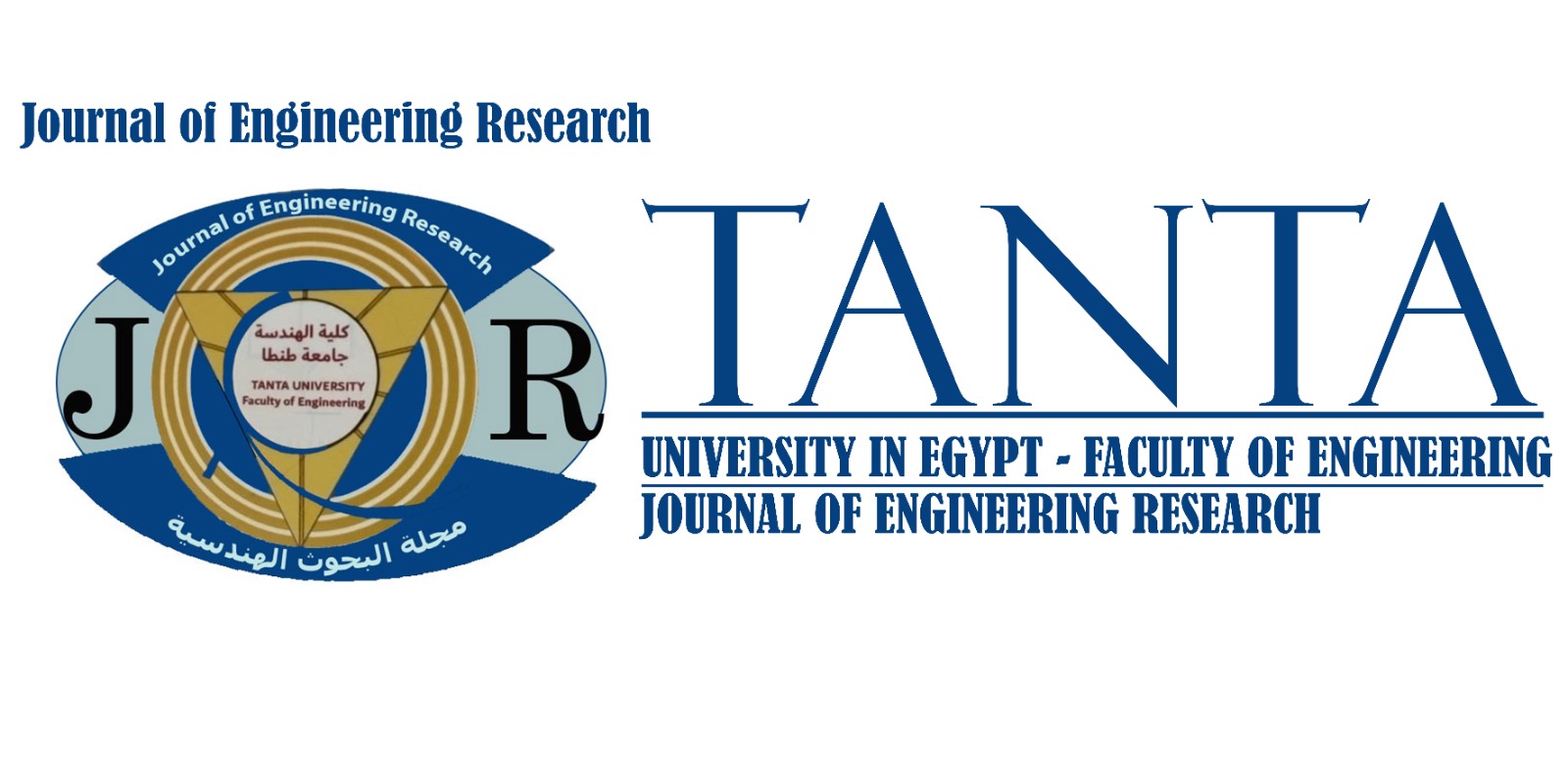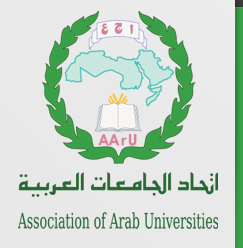Journal of Engineering Research

DOI
https://doi.org/10.70259/engJER.2025.911917
Abstract
Urban heritage reflects the cultural and historical significance inherent in cities. Heritage environments are pivotal attractions, distinguished by their landscapes, buildings, meanings, and patterns that illustrate the historical and cultural context. The conservation and development of cultural heritage constitutes a primary focus of urban renewal policies, with protecting both their buildings and heritage spaces being a critical trend in urban settings. This represents considerable challenge for planners and designers, as it is essential to ensure that renewal and development activities do not detract from the visual identity of the locality and its heritage district. Unplanned renewal operations may expose these areas to various pressures that may affect their value. Heritage urban spaces, such as plazas and streets, are a destination for residents and visitors to the heritage area. Thus, efforts must be made to make these spaces better quality, vibrant, integrated, and sustainable. By making the historic buildings in heritage urban spaces sufficiently visible, it is possible to recognize their historical significance and value and preserve the city's cultural heritage. This paper evaluates the effect of renewal projects in heritage urban spaces on the visibility of historic buildings and how these projects affect their spaces’ use and the movement in it. The approach involves on-site observation and movement mapping, in conjunction with space syntax to facilitate an understanding and prediction of user behavior and movement. Additionally, the isovist model is employed to better comprehend how visual stimuli influence perception and movement within the urban environment. The renewal project of the surroundings of Al-Sayed Al-Badawy Mosque in Tanta, Gharbia Governorate, was selected as a case study because of its significance as a religious tourism area in the middle of the Delta. The study showed the impact of renovation works on the urban space on the visual identity of the heritage area. This emphasized the need to integrate the space syntax structure as a tool in the design decision-making process when renovating and developing heritage urban spaces alongside traditional methods to enhance successful open spaces. In addition, it is necessary to study the existing uses in the heritage urban space and its impact on movement and density in the proposed design.
Recommended Citation
Mehanna, Wesam Abou El-Haggag and Mehanna, Walaa Abou El-Haggag
(2025)
"A Comprehensive Framework for Assessing the Impact of Heritage Areas Renewal Projects on Visibility and Pedestrian Movement,"
Journal of Engineering Research: Vol. 9:
Iss.
1, Article 25.
DOI: https://doi.org/10.70259/engJER.2025.911917
Available at:
https://digitalcommons.aaru.edu.jo/erjeng/vol9/iss1/25

